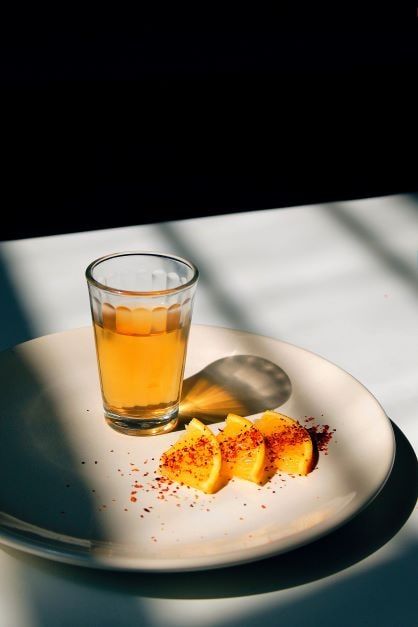The Appellation of Origin TEQUILA: Mexican Official Standard
Tequila is present in more than 120 countries around the world, where 55 countries grant international protection registration. The main countries where tequila arrives are the United States; Germany; Spain; France; Japan; Canada; and the United Kingdom.





